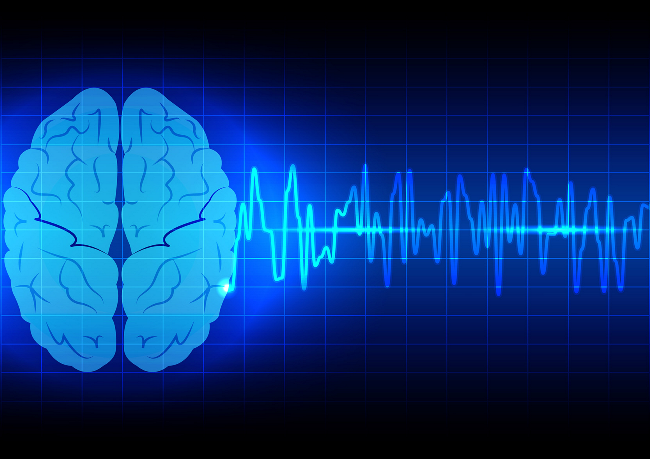When a child has a seizure, it’s a scary moment. Frightened parents will go anywhere and do anything to find a cause and a cure. Now, thanks to the work of Dr. David Suhrbier at Children’s Hospital at Erlanger, parents don’t have to go very far.
A seizure is a sudden change in behavior and awareness caused by a surge of electrical activity in the brain. When this occurs, children may become unresponsive, stare into space, rapidly blink their eyes, make unusual facial movements, vocalize unusual noises, as well as stiffen and/or jerk their arms and legs. It’s important to remember that seizures are unpredictable and can often lead to injury.
When a child exhibits this kind of strange or repetitive behavior, pediatricians are faced with the challenging task of understanding why, which ultimately leads to the question, “Is this child having seizures?”
One of the best ways to assess seizure activity is with an electroencephalogram, or EEG. During an EEG, small electrodes are pasted to the scalp, and the electrical activity of the brain is recorded.
Dr. Suhrbier, Chief of Neurology at Children’s Hospital, says, “A child’s brain is like a battery. It generates electricity. An EEG helps to record that electricity and displays the brain activity as a series of wave patterns. Our job as neurologists is to analyze these wave patterns as being normal or abnormal.” Wave patterns known as ‘spikes’ and ‘sharp waves’ indicate areas of abnormal brain activity where seizures develop.
EEGs are typically performed in the neurology offices for 30–60 minutes. However, there are times when a longer study is needed. Long-term EEG monitoring is used to increase the chances of capturing a child’s spell to determine if it is in fact a seizure.
Prior to Dr. Suhrbier’s arrival in Chattanooga, parents had to drive to Nashville or Atlanta — or take time off work and their children out of school — to receive this treatment. Now, Children’s Hospital at Erlanger brings Ambulatory EEGs to the region.
Ambulatory EEG is a type of long-term monitoring study which allows the child to be at home and mobile during the test. Typically, with long-term monitoring, the child is forced to stay in bed for the duration of the test. But Ambulatory EEG allows the child to perform most daily functions in the comfort of their own home. The device comes with a video camera to capture spells of unusual behavior — up to 48 hours of activity — and an “Event Button” for parents to activate during times of suspected seizures.
If you suspect a seizure has occurred, it’s time to seek help. Seizures are harmful to the brain, so it’s important to talk to your physician about the behavior you’ve witnessed. If your child experiences any of the following, you should seek immediate medical help:
- A seizure lasting five minutes or more
- A seizure associated with respiratory distress or color change
- A seizure associated with injury
If you would like to learn more or schedule an appointment with a specialist, please call 423-778-2564.






